Should scientists be concerned if their research output is inaccessible to non-experts? Put another way, should scientists make an effort to communicate their science to the wider public? I posed these questions to a group of graduate students and postdocs and the feedback was mixed. On the one hand, there were legitimate concerns about the time and skill needed to “translate” complex science into an accessible language. On the other hand, there was strong support for science communication as part of a scientist’s moral and professional duty. Despite this rift, there was a general agreement that in the current era of “fake news” and “alternative facts”, science has come under assault. But what can we do beyond the “business-as-usual” scenario of keeping calm and carrying on with our experiments, analyses and writings?
I understand the concerns against, or rather the reservation towards, science communication, but I think it is imperative for us to engage in it. It is true that not every scientist has the time, or interest, to inform the public about their work either through blogging, podcasts, social media, or public talks. And there is no point making scientists feeling guilty about not communicating their work because science communication in and of itself can be quite the benefit for one’s own career. Also, remember that the above mentioned aren’t the only avenue through which to communicate your work. This can be done in one of many ways, including music, and within individual comfort zones. There really is no template to follow. I use Twitter mainly to summarize the results of my research. For example, in this tweet I explain a particular finding of a recently published paper of mine, sort of thinking aloud about it and taking the reader on a journey with examples and images.
Most scientists do have the ability to communicate their work because they have to write research articles, give talks at conferences and meetings, and write proposals to get their research funded. Universities and national funding agencies are increasingly asking for “popular science summaries” to be included as part of theses and research proposals, respectively. Funding agencies have also started providing support to scientists so that they can improve their communication skills. For example, Formas, the Swiss National Science Foundation and the Volkswagen Foundation all have dedicated funding streams to projects that are focused solely on communicating science.
Today, most people get their news from the Internet, particularly social media. On Twitter there is an active community of scientists who communicate their work to their followers. Some of my personal favorites are Profs. Kimberly Nicholas of Lund University and Matthias Rillig of the Free University of Berlin. Similarly, both Facebook and LinkedIn are emerging as conduits for scientific dissemination, examples include the International Research Institute for Climate and Society and Prof. Jens-Christian Svenning of Aarhus University. Despite the popularity of social media, there will be individuals who will not partake in it due to introversion, time constraints or for privacy and safety reasons. In case of the latter, it is entirely possible to conduct science communication without divulging one’s identity. In fact, one of my favorite science communicators, GrrlScientist, has even made a career out of it by anonymously blogging, tweeting and writing for established media outlets.
The current media landscape and the pattern and rate at which we consume information is unprecedented and many people seem to be altogether disconnected from reality. I think teaching how to effectively communicate science should be part of the mandatory university coursework as recently discussed in an initiative led by the Swedish Research Council. Indeed, I would even argue that science communication is on par with the most basic courses on the scientific method in that will teach future scientists how to effectively communicate to a population that, at times, struggles to distinguish facts from fakes.
Note: This is a reproduction of my guest blog post at Tidningen Curie.
